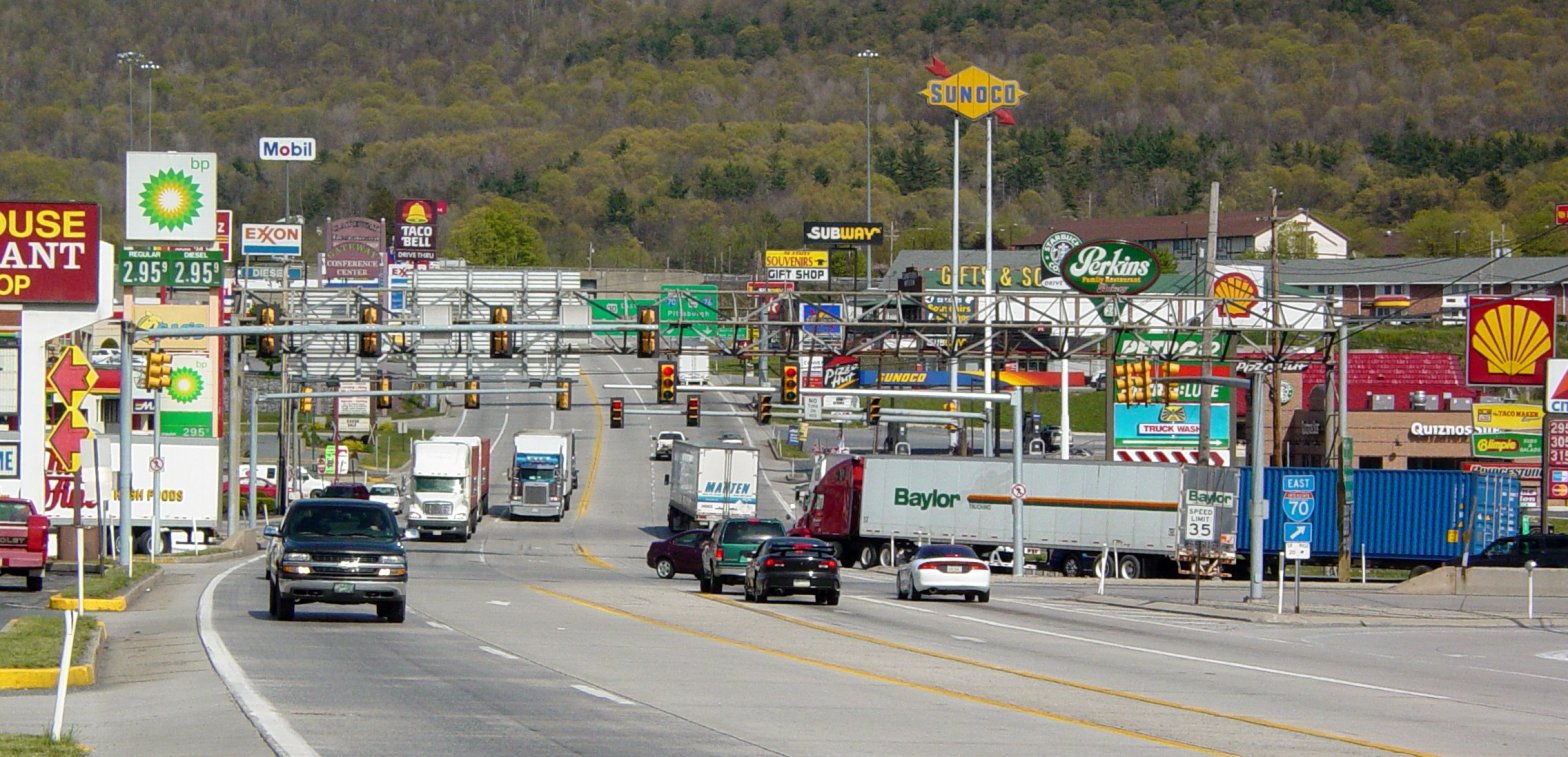I’ve been able to see a large cross-section of the United States in the past two years. I was very lucky during the latter half of the COVID lockdowns that I was in a financially secure enough place to take a few chances that I had never taken before. I hadn’t traveled across the United States since before college when I went on choir tours to cities like New Orleans and New York City to perform at music venues.
Over the course of two years, I was able to visit over a dozen major American cities that I had never visited before, including San Diego, Fresno, Little Rock, Vicksburg, Atlanta, Niagara Falls, and Washington DC. I was able to visit a lot of offbeat places like George Washington’s mansion at Mount Vernon, Ford’s Theater, the Vicksburg Battlefield Park, the Gettysburg Battlefield Park, the Atlanta Cyclorama, the Star Trek Set Tour in Ticonderoga, the Mission Basilica San Diego de Alcalá, the Bob Ross museum in Indiana and the house that A Christmas Story was filmed at in Cleveland. I even stopped for a day at the infamous Creation Museum.
I saw a large portion of the continental United States in a very short period of time. As spectacular and offbeat as all of the places I visited were, the surprising part about my travels was just how homogenous the overall experiences felt.
During one of my road trips between Dayton, Ohio, and Rochester, New York, I wanted to find a local restaurant to eat lunch. Much to my frustration, the only roadside restaurants just off the highway that I saw were McDonalds, after hours of driving. Even other fast-food restaurants were sparser. In every city I visited, the architecture was almost identical to every other city. Historical buildings were rare, all having been replaced with skyscrapers and apartment blocks. Every city had the same franchised restaurants and the food tasted exactly the same. A hotel in Washington DC felt the same as a hotel in upstate New York. A highway stop in Atlanta looked exactly the same as a highway stop in rural Illinois. Every one of them has the same accommodations and stores. Strip malls are identical everywhere you go and sell you the exact same products, rarely highlighting unique local restaurants.
Darran Anderson wrote of this phenomena at The Atlantic, describing homogeneous urban spaces as “non-places”.
“In non-places, history, identity, and human relation are not on offer. Non-places used to be relegated to the fringes of cities in retail parks or airports, or contained inside shopping malls. But they have spread. Everywhere looks like everywhere else and, as a result, anywhere feels like nowhere in particular.”
The problem expands beyond urban areas. The United States is a nation the size of Europe and each of its regions should logically feel different culturally. The south, the midwest, New England, the great planes, the southwest, and the west coast are all distinct regions of this great country with their own cultures, identity, food, ethnicities, demographic makeup, and even different religious practices with population centers skewing Catholic or Jewish and the rural states skewing Protestant or LDS.
Only a handful of cities in the country still reflect this diversity and rich history. The longer you drive on the highway, the more you notice this homogenization. The franchise economy is tailor-made for businessmen and truck drivers who need boring, cheap, predictable accommodations. Large stretches of the United States have been turned into tacky gift shops and fast-food restaurants.
America’s interconnectedness is marginalizing local flavor. The local flare that makes traveling WORTH IT has to be sought out, recommended to you, or dug up.
The problem came further into focus this past weekend during a flight to Charleston, SC, a city that has largely avoided modernization and mass interstate migration. The city’s architecture is mostly mid-19th century and preserved by local historical associations. Restaurants serve fresh shrimp and oysters caught in the bay. Skyscrapers are prohibited so the largest landmarks in the city are the three-century-year-old St. Phillips and St. Michaels cathedrals.
Charleston is one of the most beautiful cities I’ve visited in the United States. It is one of the few American cities to avoid the plagues of utilitarianism, franchising, and globalization that has transformed the country into identical copies of one another. It’s a city that looks different and feels different. It still feels full of culture, vitality, and grit.
It’s a shame that Charleston is the exception, one of the few cities that isn’t a non-place.
Sadly the other side of this homogenization coin is the blight of America. When I drove down to Arkansas to visit with my family last fall, I was faced with some of the worst poverty and blight I’d ever seen. The backroads of Arkansas were rotted out, tired, and old. Entire farmsteads are abandoned and overgrown with decades of grass and rust. Downtowns are either empty or replaced with antique shops and boutique shops to snare passing travelers.
One city I drove through happened to be home to a mansion owned by one of the cast members of Duck Dynasty. His was the only home in the town that looked like it wasn’t being held up by staples.
It’s sad that these two extremes exist. You can see the scars of America’s struggling middle class being worn quite openly in dying factory towns and then watch revitalization tear down the best parts of those old towns and replace them with luxury apartments and big box stores. You choose between death or gentrification. In either case, something is lost. I’m not entirely sure which is worse but they both reflect the loss of something and that’s a shame.
I don’t know if there’s a policy or a direct solution to these problems. It’s merely a shame that more isn’t being done to protect what makes America’s places feel unique.
